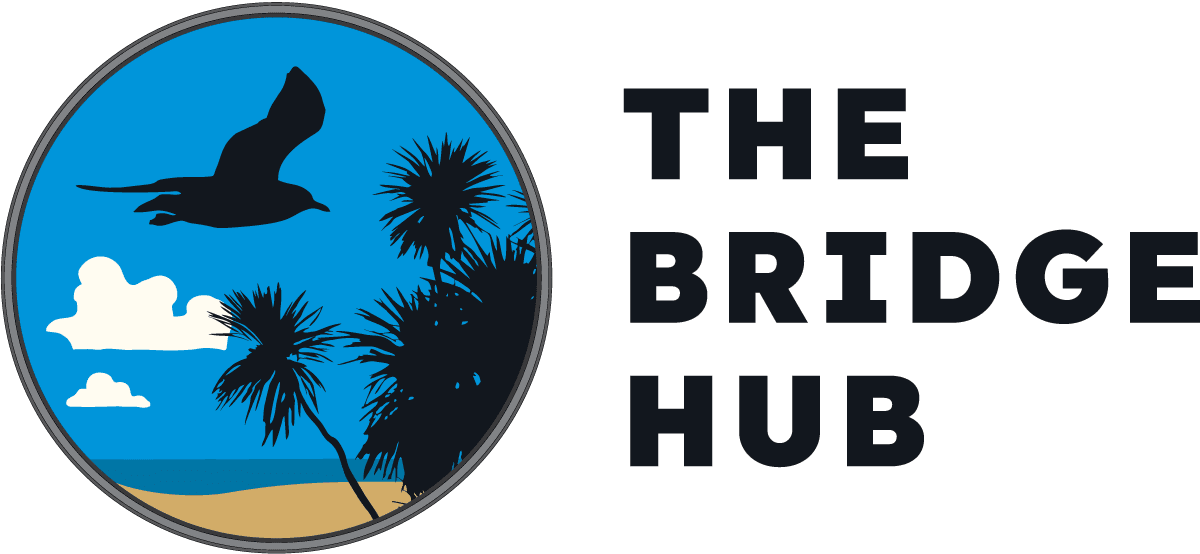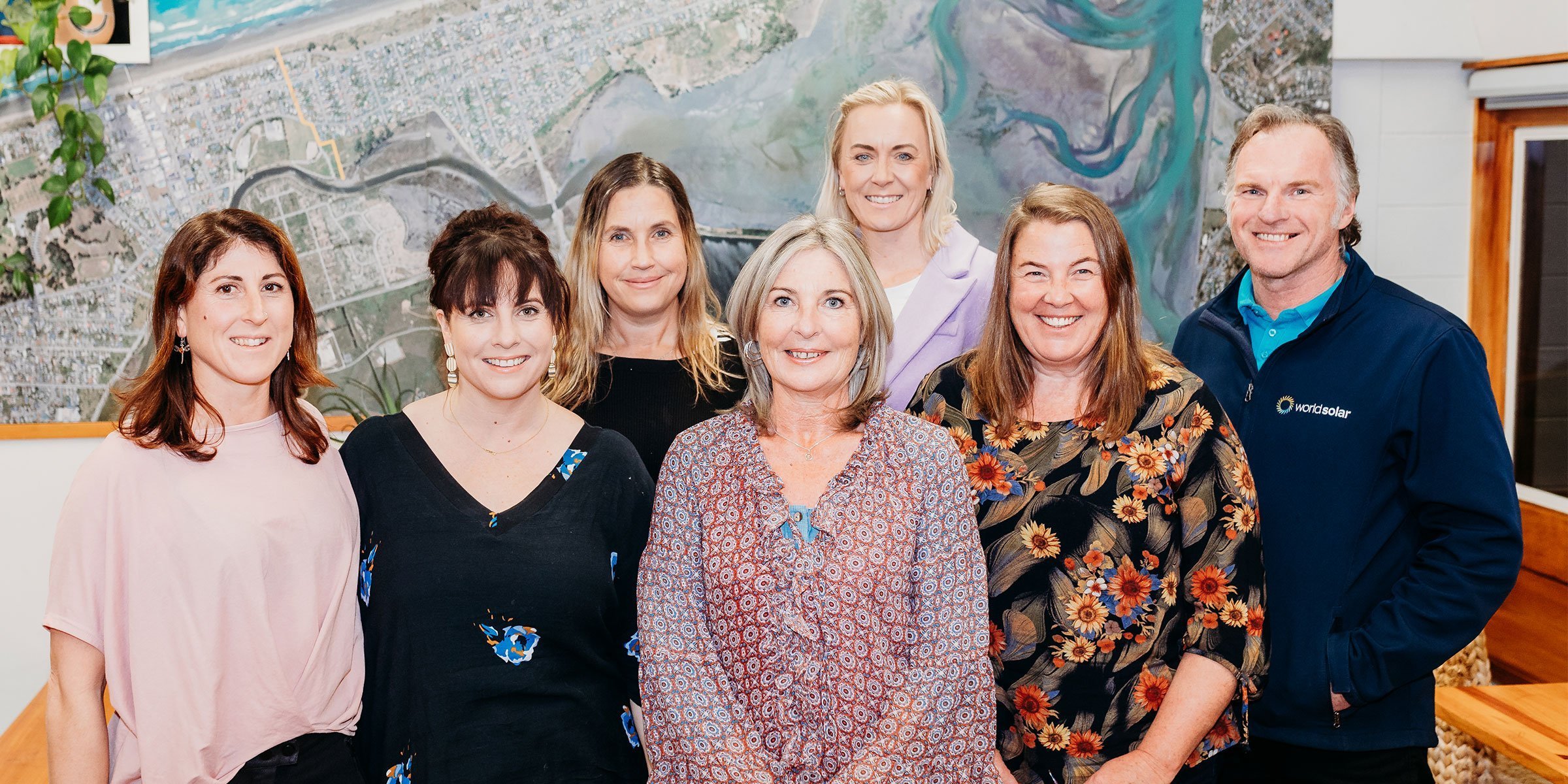About us
By the community for the community.
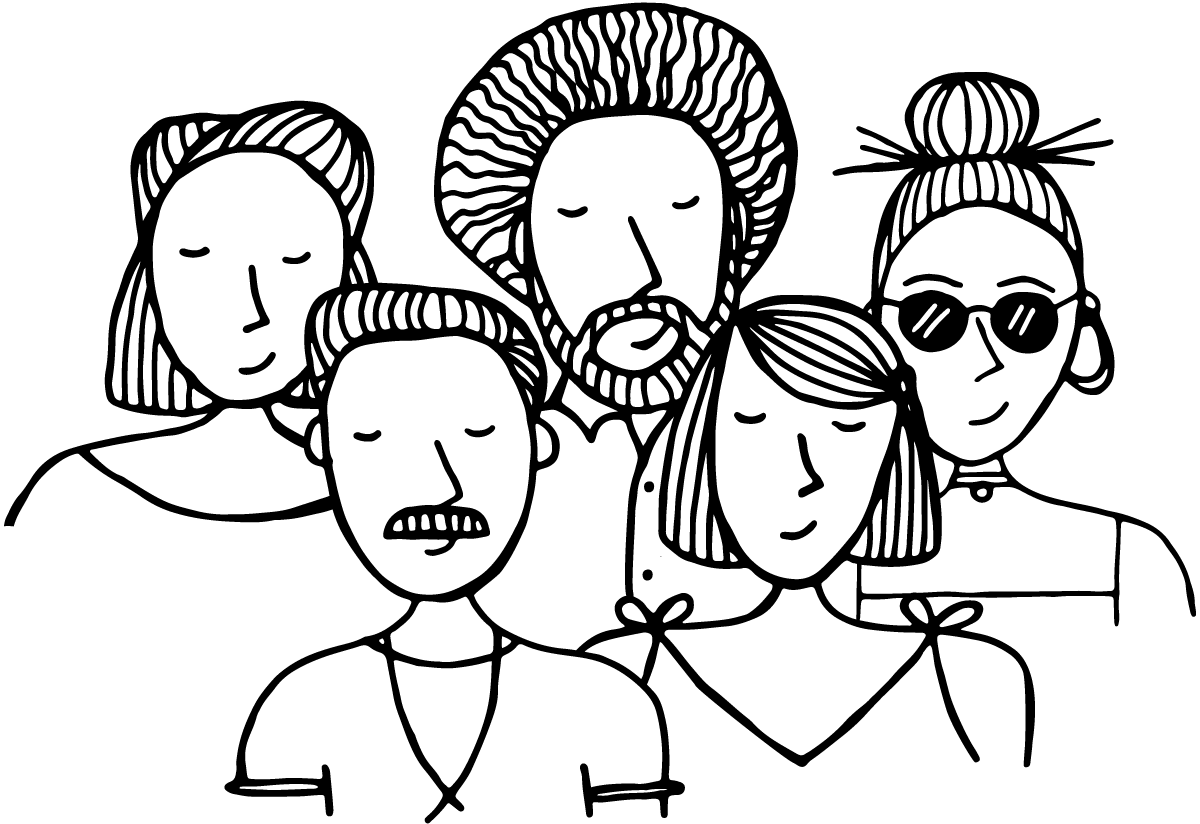
Co-creating a vibrant
local space
for all to connect.

Our Story
The Bridge South Brighton Trust (TBSBT) was formed in 2016. TBSBT made a request to the Christchurch City Council to help fund their purchase of a Baptist Church that had been damaged in the Earthquakes. The vision of TBST was to create a hub that existed “for the community, by the community.” The Council voted unanimously in favour of the request and then followed a long journey of diligent and committed work.
For six years the TBSBT engaged in fundraising, working bees and running successful events that led to The Bridge Hub opening in 2022.
Our hall space is often used for fitness classes, educational workshops, markets, and social events. Our wellness centre is used by practitioners of various mediums. When it comes to how we can serve, we are limited only by the level of our collective innovation and public interest.
Come and Join us – We welcome Volunteers!
providing space for activities,
kai, conversation,
learning and healing.
The Bridge Hub – your Place of possibilities
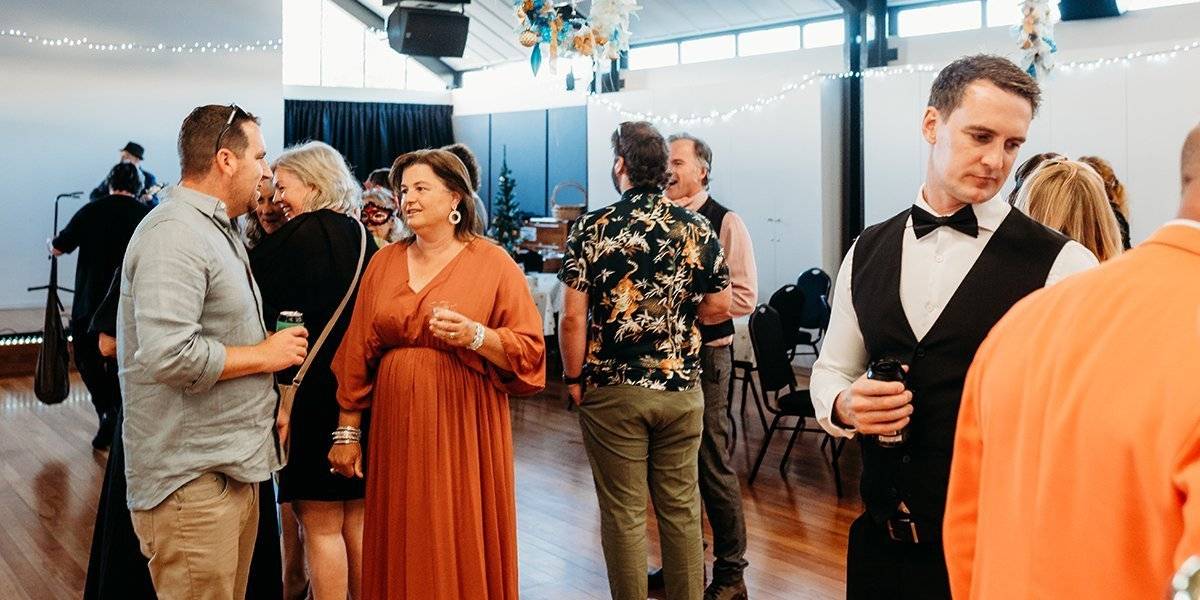
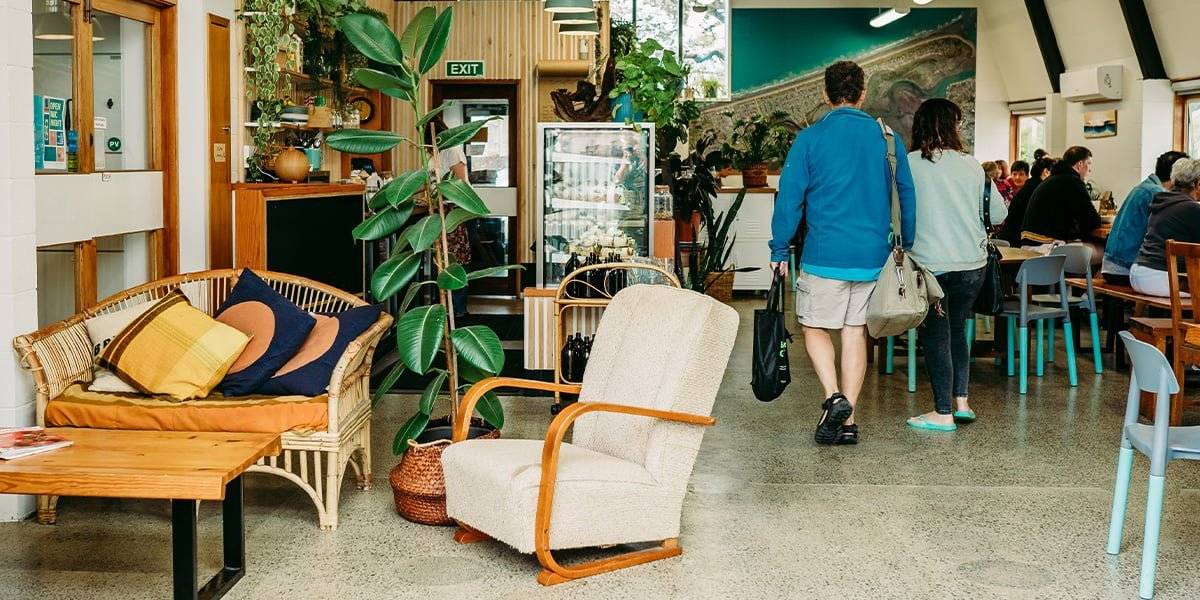
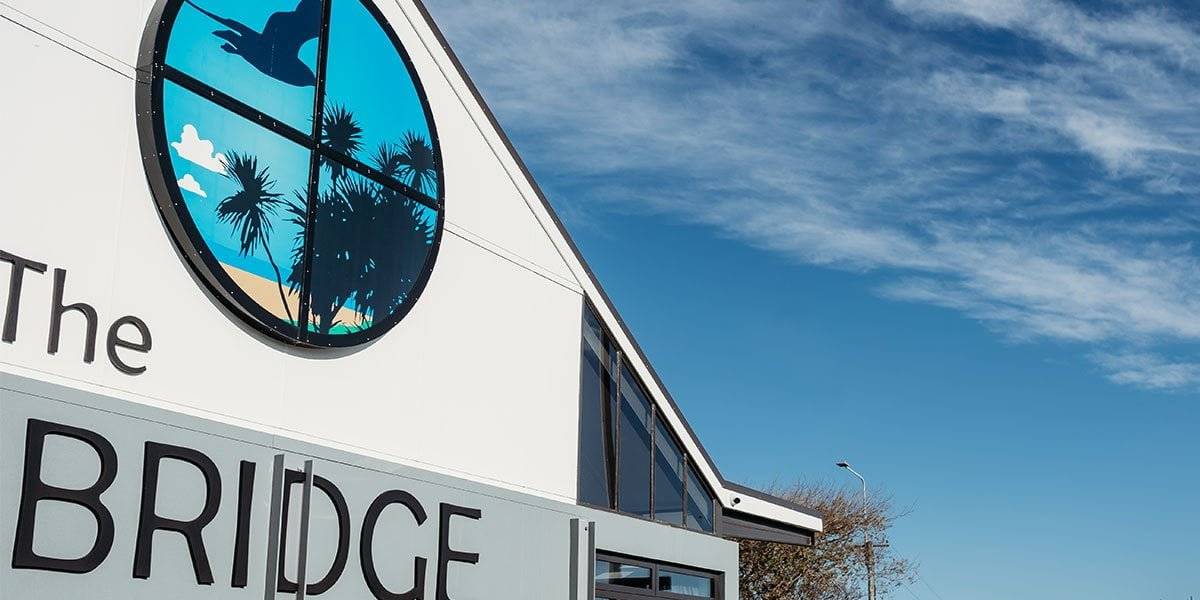
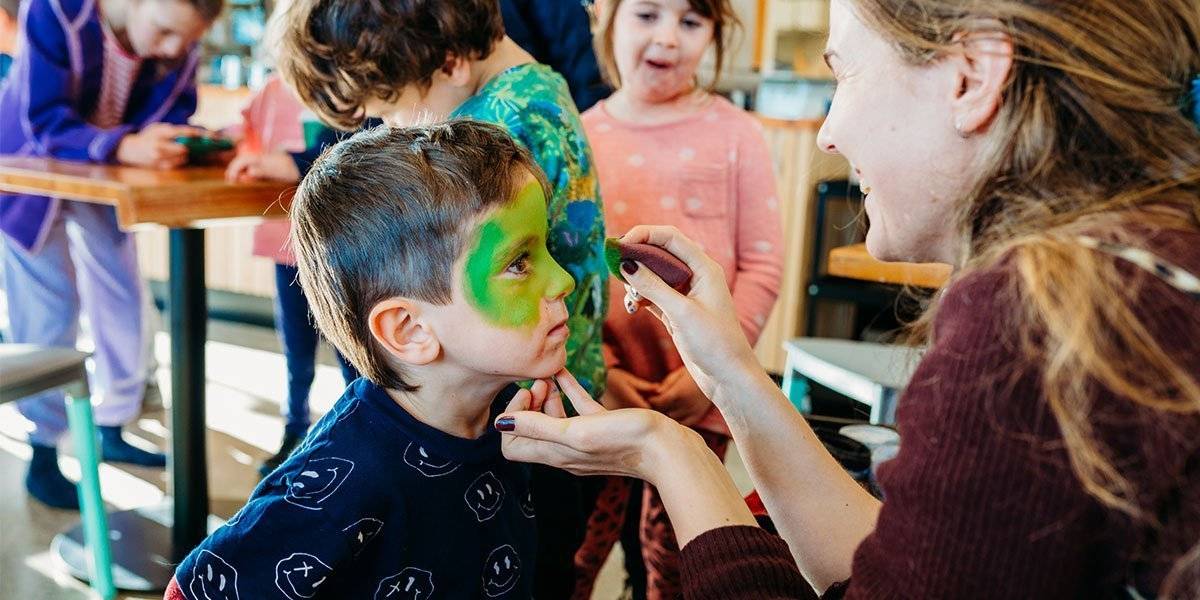
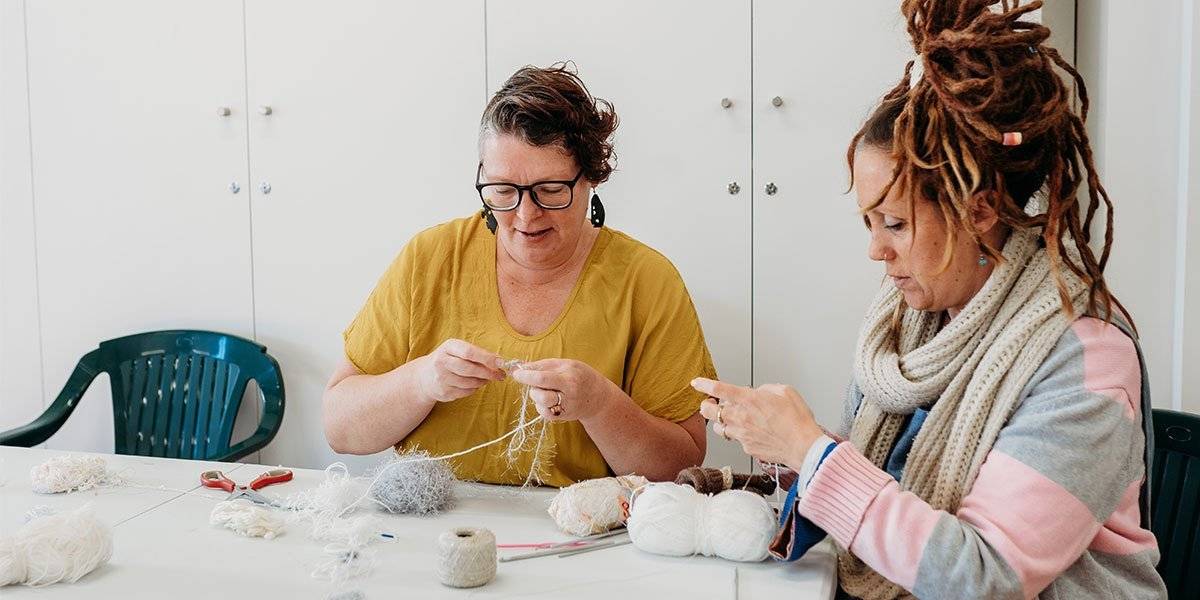
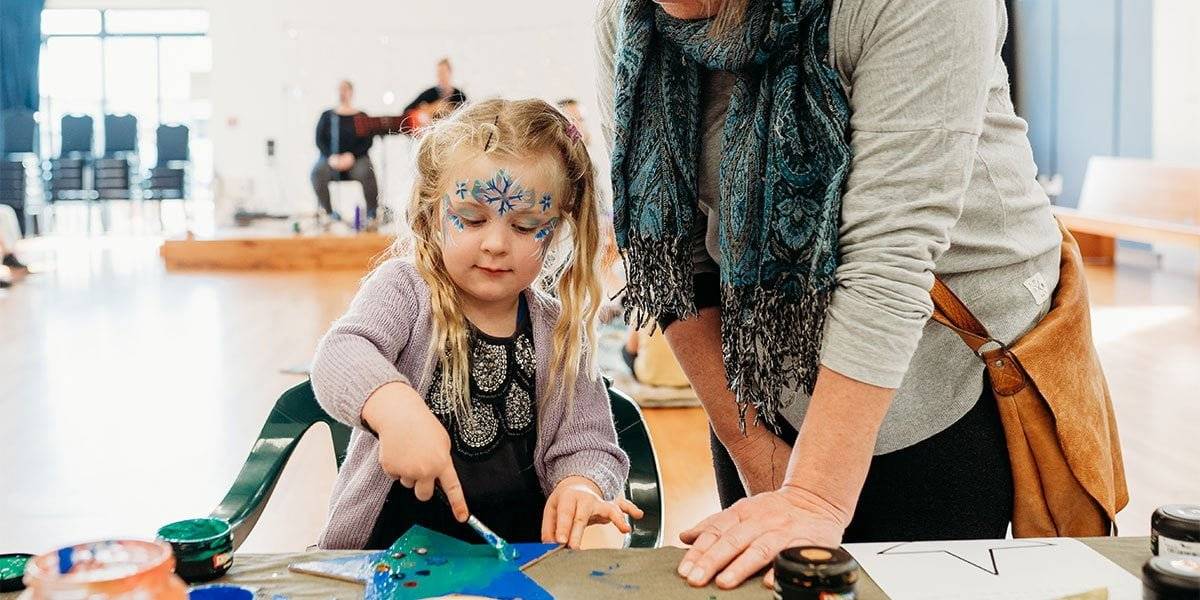
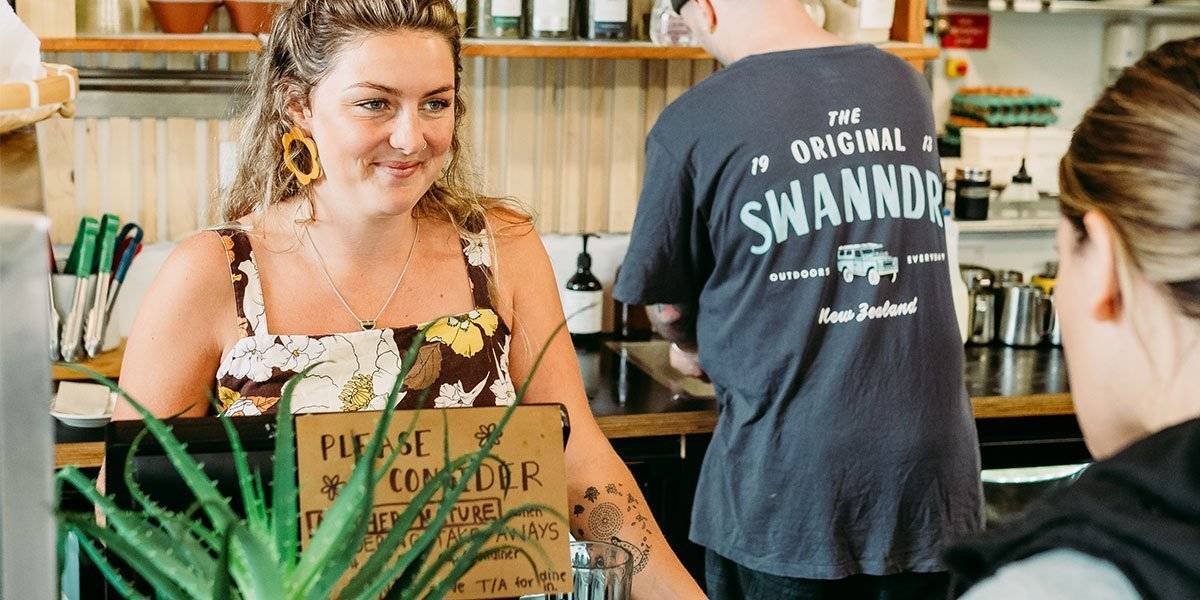
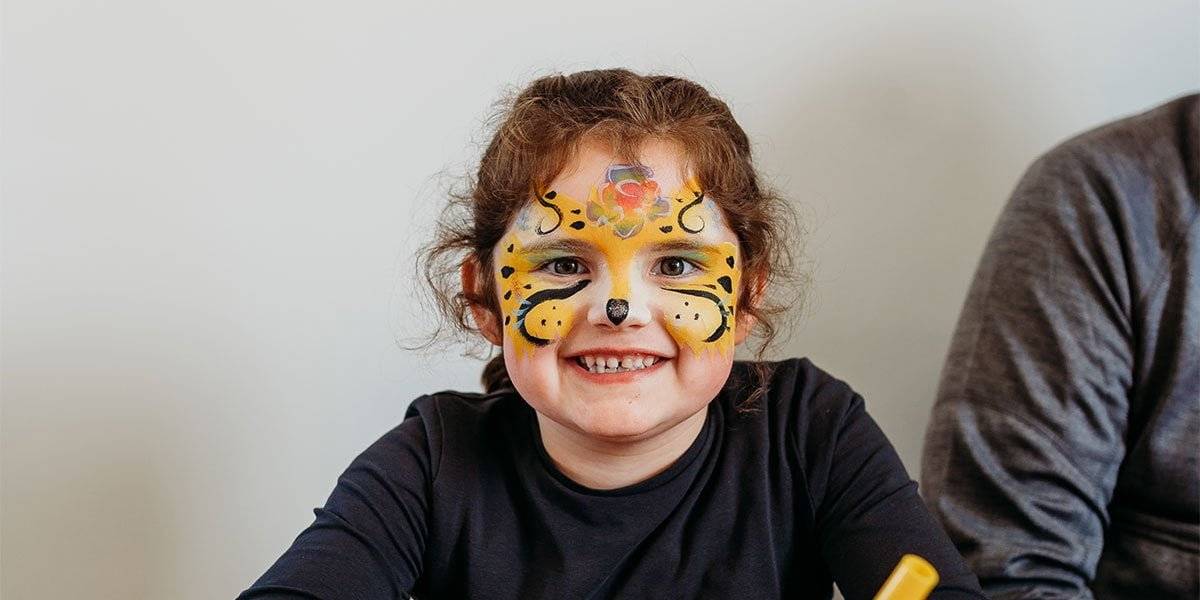
The Bridge hub Team

Anne Haefner
Facility & Event Manager
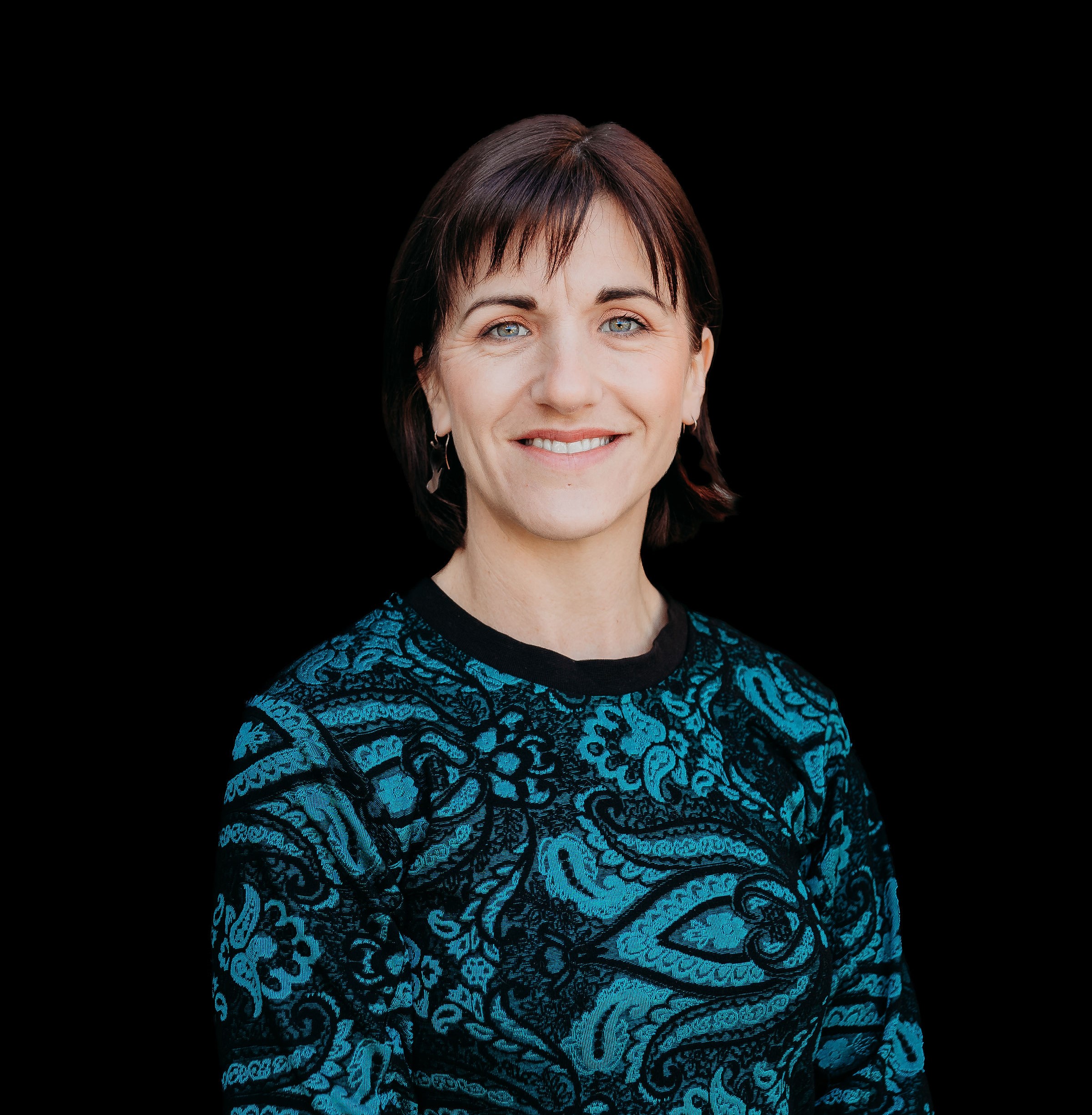
Rory Carragher
Facilities Assistant
Current Board MemberS

Steve Langridge
Chairperson

Emily Mann
Deputy Chair

Sara Renell
Secretary
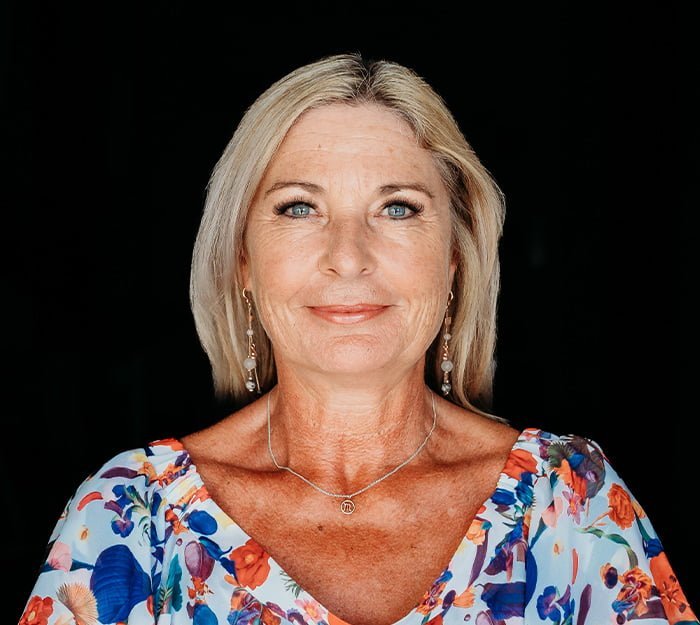
Paula Keall
Treasurer
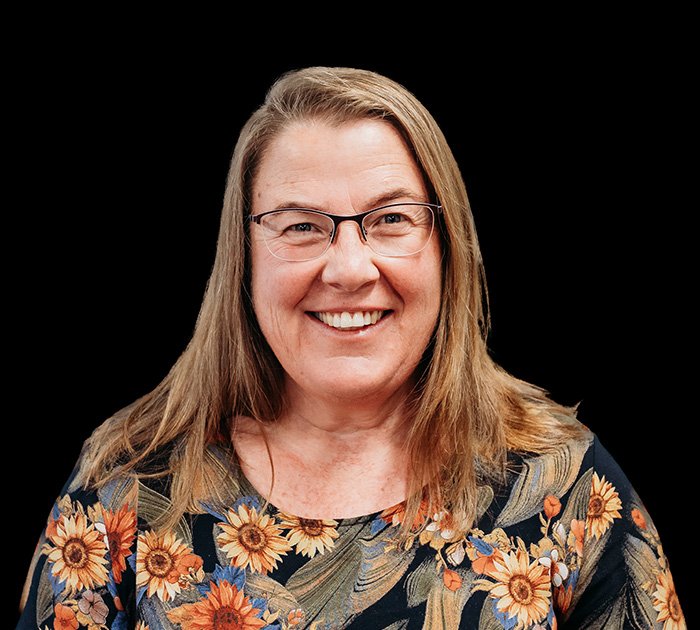
Anna Puentener
Board Member
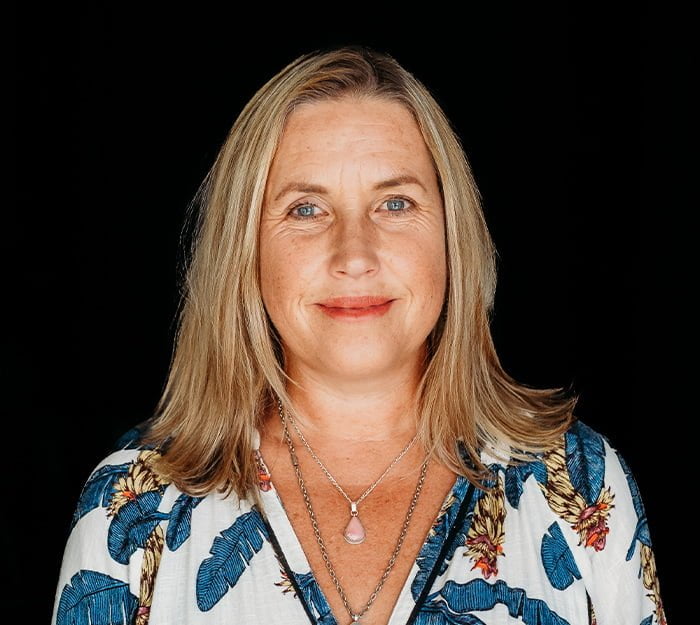
Gina Langridge
Board Member

Vlora Herbert
Board Member
A BIG THANKS TO OUR SUPPORTERS











Help us to keep the Bridge Hub going!
Every donation aids us in upholding our vision of providing affordable, accessible, and meaningful events and experiences for our community. Help us continue in our work and service as we make the most of this beautiful community hub.
Whare Tapere Where community gather
The First Settlers.

source: CCC history pamphlet – Christchurch before 1850
Te Kai o Te Karoro (South New Brighton) which translates to food of the seagull and Te Ihutai (avon-heathcote estuary) is of great cultural significance to tangata whenua.
The people of Waitaha, Ngati Mamoe and Ngai Tahu moved from site to site around the estuary as hunter gatherers, depending on seasonal availability. Waitaha were the first to settle, living in two main kainga (settlements) around Te Ihutai – Te Rae Kura (Redcliffs) and Te Kai o Te Karoro.
Ngati Mamoe settled here in the 1500’s and used Te Kai o Te Karoro for mahinga kai (food collection). ‘This is the sandspit upon which our (South Brighton) school is situated. There was a large pa belonging to the Ngati Mamoe tribe at Tau-hinu Korokio (Mount Pleasant) and on the sandspit at the site of the present Pleasant Point Domain there was a small village called Te Kai o te Karoro (the food of the seagull).’ (Drayton. L 1992)
In the 1600’s Ngai Tahu established a pa in Kaiapoi and returned regularly to collect the abundant kai of tuere (blind eels), tuna (eels), inanga (whitebait), patiki (flounder), pipi (shellfish), tuangi (cockles) and whetiko (periwinkle). The sandy soils found at places like the mouth of the Otakaro (Avon River) also allowed for the cultivation of edible roots like kumara and aruhe.
By 1900 few Māori remained in Christchurch as increased European development, pollution (and restriction of food gathering*) disrupted their traditional way of life. (Mcmurtrie.S & Kennedy.S, 2012); (*not attributed to source)
European Settlement
With only 5.9 miles from Cathedral square to New Brighton – the beachside suburb was a favourite playground for Cantabrians. When a tram line supplemented the horse and cart in 1887, permanent occupation became more viable and development along the beach started pushing south.
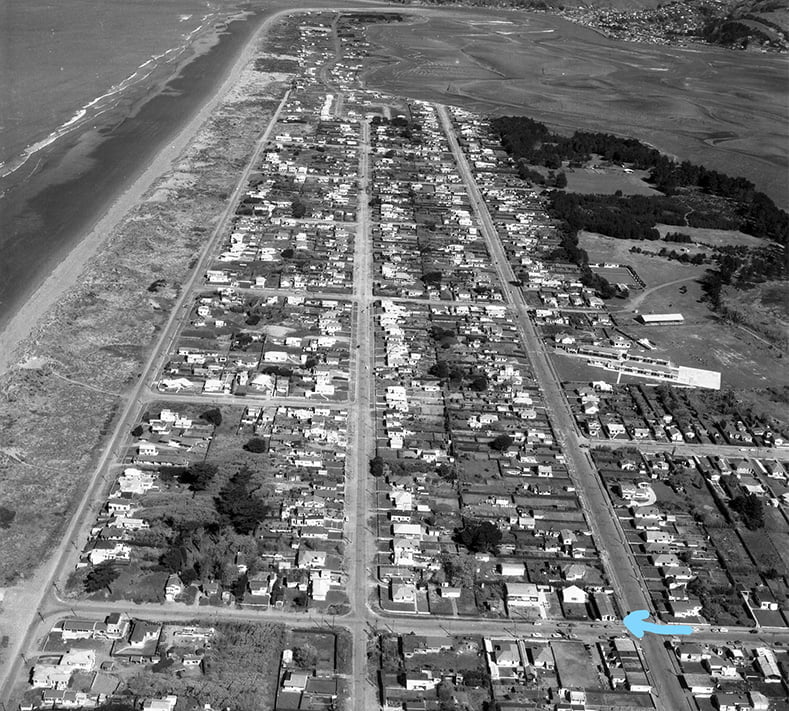
Source: Aerial photo courtesy of VC Browne and Son.
The Corner of Bridge Street and Estuary Road has been occupied since 1922 when one of Christchurch’s oldest cartage firms that is still operating, J Buxton cartage transported an old Army barracks to the site from Redcliffs. It opened as a Public Hall with regular Sunday School sessions. A year later, monthly church services began and by 1935 as the population grew weekly services were held. The simple timber structure was the first church in the area when in 1937 the Central Trust purchased the property for £460 and transferred the title to the newly formed South New Brighton Methodist Trust. The Buxton family were again involved in the development of the site with R J Buxton being a founding member of the Trust.

Source: Building plans from CCC records. Compiled by J. Mill -Pivnice Architecture
A classroom was later built onto the back of the Hall and by 1955 the congregation had begun a new building adjacent to the Hall when Jack Walsh constructed what is now the middle portion of the main church building. In 1959 R J Buxton chaired a campaign to raise funds for completion of the church facing Bridge St that we see today. Designed by Don Cowey, the church opened in 1962. Youth work and recreation continued in the original Hall but by then it was under threat of demolition by the City Council.

Source: H Buxton
Somewhere along the historic line the old timber building was removed and in 1979 the son of RJ Buxton, Malcolm G Buxton constructed the extension Hall and kitchen and added the toilet blocks along the south wall of the church which officially opened in February 1981.

We discovered Malcolm’s messages from 1980 on the inside of the toilet wall when we deconstructed them in October 2019. Malcolm returned to see his message and to visit the old church where he was married to Jocelyn. The message read “Malcolm Grant Buxton Built this church in 1980 before the Third World War – Jim helped”

His brother Neville and Helen Buxton were the first couple married in the church.
Helen is the secretary of the South Brighton Voices (formerly South Brighton Choral Society) where Russell and his wife Elsie were foundation members. The choir will one day return to lift the roof off the old Bridge St church with their angelic voices.
During the early 2000’s the church was leased to the Hosanna Baptist Church but was abandoned due to the earthquakes sequence of 2010-11.
The Bridge South Brighton Trust was formed in 2016 and made a request to the Christchurch City Council to help fund the purchase of the building from the Baptist Union of NZ. The Council voted unanimously for the purchase once the feasibility report was scrutinized. Since then we have been fundraising, holding working bees, conducting demo days, putting on events and working towards opening the Bridge Hub as our Community centre.
See you at The Bridge Hub.
References:
– Drayton L (1992 updated 2016), Ngai Tahu Maori Trust Board, Tribal Archives and research Unit.
– Mcmurtrie.S & Kennedy.S, (2012). Exploring an Estuary, Christchurch, Avon-Heathcote Ihutai Trust
Source:
Hall information – H Buxton
Help us to keep the Bridge Hub going!
Every donation aids us in upholding our vision of providing affordable, accessible, and meaningful events and experiences for our community. Help us continue in our work and service as we make the most of this beautiful community hub.
